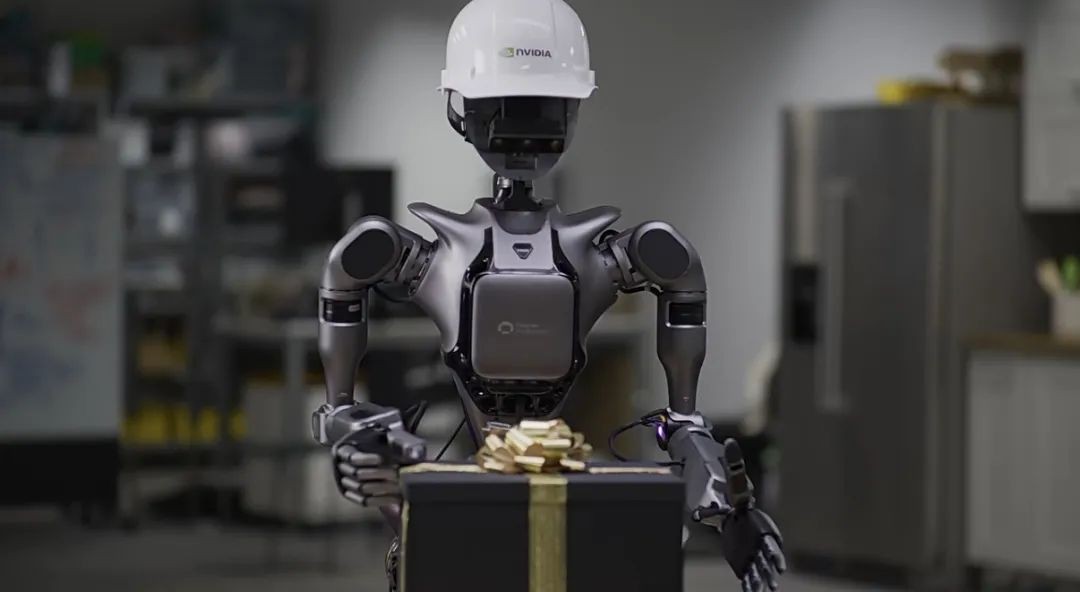
Redazione RHC : 21 September 2025 09:55
On August 24, the official Nvidia Robotics account shared an image on social media of a black gift box accompanied by a greeting card signed by founder Jensen Huang, with the caption “Enjoy.” The announcement anticipated the launch of a new robot “brain,” suggesting a significant shift in the company’s robotics strategy.

In the presentation video, a humanoid robot from Chinese manufacturer Fourier picks up the greeting card and begins reading it, while opening the package reveals different types of arms. This detail suggests that the new brain could be compatible with multiple humanoid robot models, increasing the system’s versatility.
In recent years, Nvidia has strengthened its commitment to robotics. At the China International Supply Chain Promotion Expo 2025 , Huang emphasized that robots will represent the next wave of artificial intelligence, capable of reasoning, performing tasks, and understanding the physical world. Jensen Huang has repeatedly expressed optimism about the potential of the embedded intelligence market.
As early as June 2024, Huang predicted significant advances in robotics over the next two to three years, stating that humanoid robots could become as common as cars. According to the Nvidia founder, robotics represents one of the markets with the greatest growth potential for the company, alongside artificial intelligence.
For robot development, Chinese companies use NVIDIA Omniverse, a graphics and simulation platform that enables safe training and collaboration with humans. Recently, NVIDIA launched the new Omniverse library and NVIDIA Cosmos-based model to accelerate the development and deployment of robotic solutions, collaborating with several humanoid robot manufacturers.
Events such as the “Thank You for Spring” gala dinner in Beijing and the World Robot Conference in August have strengthened Nvidia’s relationships with major Chinese robotics players, such as Yushu Technology and Galaxy General. At the conference, executives discussed the role of robots as the primary vehicle for artificial intelligence applied to the physical world with Rev Lebaredian, vice president of Omniverse and Simulation Technology.
According to Lebaredian, Nvidia’s robotics technology portfolio comprises three key elements: the robot’s “brain,” supported by AI software and platforms; the “body,” consisting of edge computing hardware to process data and make real-time decisions; and data, obtained through simulation and synthetic data generation to train the AI on complex scenarios.
 Redazione
RedazioneThe editorial team of Red Hot Cyber consists of a group of individuals and anonymous sources who actively collaborate to provide early information and news on cybersecurity and computing in general.